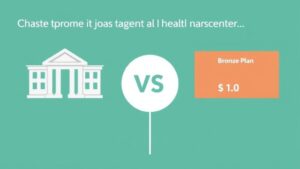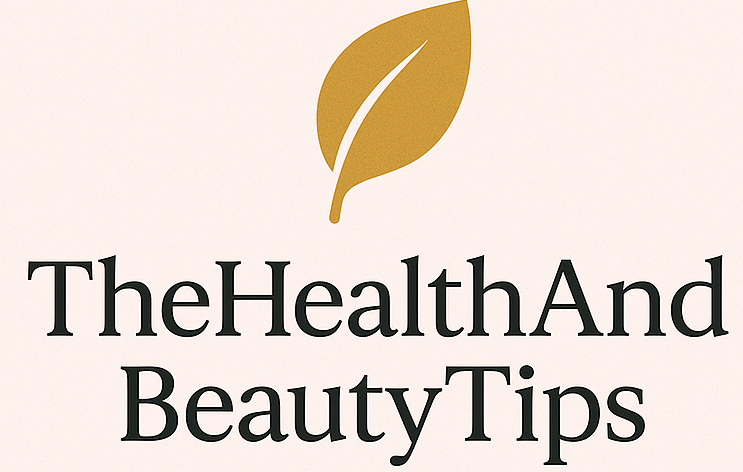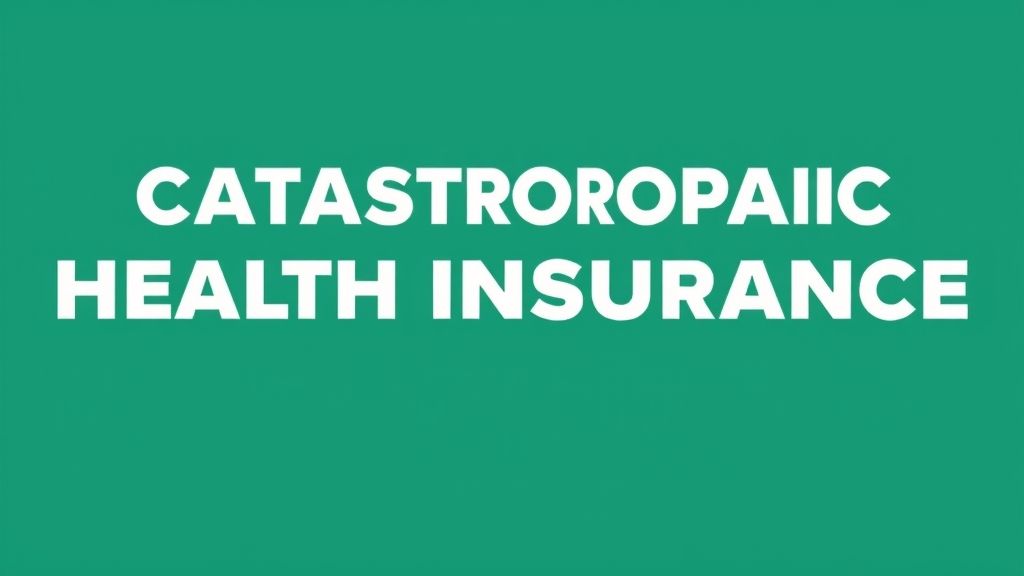Health insurance can be confusing, especially when you’re juggling premiums, deductibles, co-pays, and confusing plan types. One term you might come across is “catastrophic health insurance.” But what exactly does it mean? Is it worth it? Who qualifies? And how is it different from other types of health coverage?
We’ll break it all down in plain English—no insurance jargon, no fine print confusion. Let’s dive into the world of catastrophic health insurance and help you decide if it’s the right safety net for your healthcare needs.
What Is Catastrophic Health Insurance?
Catastrophic health insurance is a high-deductible, low-premium insurance plan designed to protect you from worst-case-scenario medical costs—think accidents, serious illnesses, or hospitalizations.
These plans:
They are usually for people under 30, or for those who qualify for a “hardship exemption.”
Cover essential health benefits after you meet your deductible
Include three primary care visits per year before the deductible kicks in
Basically, it’s for healthy people who rarely go to the doctor but want protection if something major goes wrong.
Key Features of Catastrophic Health Insurance
Low Monthly Premiums
You pay less each month compared to traditional health plans.
High Deductibles
must pay all your medical costs out-of-pocket until you hit your deductible, which is often several thousand dollars.
Emergency-Only Coverage
Covers severe illness, accidents, or hospital stays—not routine checkups or minor doctor visits (except 3 allowed ones per year).
Essential Health Benefits Included
Despite the high deductible, plans still cover:
Hospitalization
Emergency services
Prescription drugs
Mental health services
Maternity care
Preventive services
Who Is Eligible for Catastrophic Health Insurance?
can buy a catastrophic plan if:
You’re under 30 years old, OR
qualify for a hardship or affordability exemption (examples include homelessness, eviction, domestic violence, or medical debt)
How Does It Work?
You pay a low monthly premium (the price you pay for coverage).
get 3 free primary care visits per year, even before your deductible.
For everything else, you pay out of pocket until you reach your annual deductible (usually over $9,000).
After that, the insurance covers 100% of covered services for the rest of the year.
What’s the Deductible for Catastrophic Plans?
As of 2025, the deductible is $9,450 for individuals and $18,900 for families. That means you must pay this much out-of-pocket before insurance pays a dime (aside from preventive care and 3 doctor visits).
What Does It Cover?
Covered:
Emergency room care
Surgery
Hospitalization
Mental health care
Prescription drugs
Preventive care (like vaccines, cancer screenings, birth control)
3 doctor visits/year
Not Covered (until deductible is met):
Specialist visits
Imaging (X-rays, MRIs)
Lab tests
Physical therapy
Ongoing care for chronic conditions
Pros of Catastrophic Health Insurance
✔️ Very Affordable Premiums
Great for those on tight budgets or who rarely visit the doctor.
✔️ Financial Protection in Emergencies
If you end up in the hospital, you won’t be stuck with a $50,000 bill.
✔️ Access to Essential Benefits
You’re still covered under ACA guidelines, including preventive care.
✔️ Peace of Mind
Better than going completely uninsured.
Cons of Catastrophic Health Insurance
❌ High Deductible
You’re responsible for thousands in costs before coverage kicks in.
❌ Not Ideal for Chronic Conditions
If you have diabetes, asthma, or need regular care, this plan won’t help much.
❌ Limited Eligibility
Only available to certain people under specific circumstances.
Is Catastrophic Health Insurance Worth It?
It’s Worth It If:
You’re under 30 and healthy
rarely visit the doctor
want a safety net for big, unexpected medical bills
You can handle small out-of-pocket expenses
NOT Worth It If:
You need regular prescriptions or treatments
have ongoing health issues
qualify for better coverage with subsidies (Marketplace bronze, silver, or gold plans)
How to Enroll in Catastrophic Coverage
Visit Healthcare.gov (or your state’s health insurance marketplace)
Fill out an application
Under 30, you’ll see catastrophic plans as an option
Over 30, you’ll need to claim a hardship exemption to qualify
Choose a plan and enroll!
Catastrophic Health Insurance vs. Bronze Plan
| Feature | Catastrophic Plan | Bronze Plan |
| Premium | Lower | Higher |
| Deductible | Higher | Lower |
| Coverage Starts | After deductible | Sooner |
| Subsidies | Not eligible | Eligible |
| Best For | Young, healthy adults | Moderate health needs |

Real-Life Example: When It Helps
Imagine you’re a 25-year-old freelance designer. You’re healthy, exercise regularly, and see the doctor maybe once a year. But one day, you break your leg in a biking accident. Without insurance, the ER, surgery, and rehab could cost you $30,000+.
With catastrophic health insurance:
You’d pay your $9,450 deductible
Insurance would cover the rest
Your out-of-pocket cost would be capped, not bankrupting
Tips Before Choosing a Catastrophic Plan
Compare all options, especially bronze plans if you qualify for subsidies
Check your provider network
Factor in prescription needs
Set aside emergency savings for that high deductible
Review your risk tolerance (Would a surprise $9,000 expense ruin you financially?)
Conclusion
Catastrophic health insurance isn’t for everyone, but it can be a smart, affordable backup plan for healthy individuals who just want coverage for the “what-ifs.” If you’re young, rarely get sick, and want to avoid financial devastation in case of an accident, this type of coverage offers real value.
Just remember: it doesn’t cover the day-to-day stuff unless you hit that deductible. So weigh the pros and cons based on your personal health and financial situation.
FAQs
1. Is catastrophic health insurance available to people over 30?
Yes—but only if you qualify for a hardship exemption, such as homelessness, financial hardship, or other approved life events.
2. Does catastrophic health insurance cover prescription drugs?
Yes, but only after you meet your deductible. Preventive medications may be covered upfront.
3. Are preventive services free under catastrophic plans?
Yes. Services like vaccines, screenings, and contraception are covered without cost to you.
4. Can I get a subsidy for catastrophic coverage?
No. Catastrophic plans are not subsidy-eligible. If you qualify for financial assistance, a bronze plan might be cheaper and offer more coverage.

